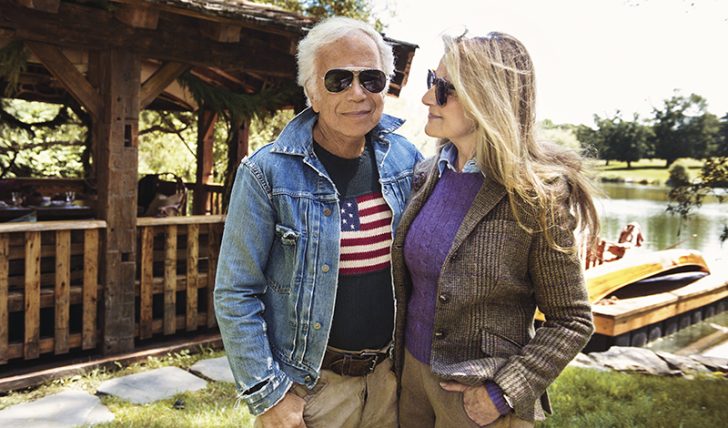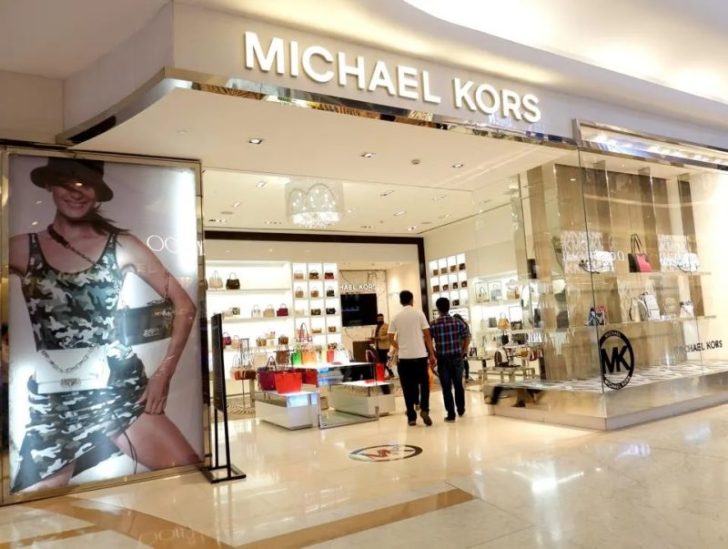The luxury market is taking a hit, and not just in China. The slowing luxury market is now casting a shadow over American luxury giants, with brands like LVMH, Tapestry, Ralph Lauren, and Capri Holdings starting to feel the pinch. The once unstoppable growth of high-end fashion and goods is showing signs of fatigue.
Thus, it is clear that the ripple effects of a global luxury slowdown are reaching American shores. Let’s explore what is happening and why:
The Slowing Luxury Market Is a ‘Global Issue’ With Local Impacts
The luxury market has long been driven by the seemingly insatiable demand from affluent consumers worldwide, particularly in markets like China and the U.S. However, the slowing luxury market, especially in China, has raised alarms for many of the world’s top brands.

However, with the Chinese economy cooling and consumer spending tightening, luxury sales in the region have declined. Most luxury brands are feeling the impact. While the slowdown in China grabs the headlines, it is important to recognize that cracks are showing in the U.S. as well, and the effects are slowly but surely hitting American luxury giants.
How U.S. Luxury Brands Are Faring in the Slowing Luxury Market
For American brands like LVMH, Tapestry, Capri Holdings, and Ralph Lauren, the effects of the slowing luxury market are undeniable. Bain’s recent report on personal luxury goods sales shows a clear decline in the U.S., where sales dropped by 8% in 2023 compared to 2022.
While not as steep as the drop seen in China, this slowdown is still significant. After all, American consumers represent about 30% of the nearly $400 billion personal luxury goods market.
Brands are seeing weaker demand for high-end items. LVMH, the world’s largest luxury conglomerate, is feeling the hit in its key Fashion and Leather Goods segment. In the first half of 2023, revenue in this category was down 8% in the U.S., with sales dropping from $4 billion to $3.7 billion.
This slowdown in the U.S. is concerning because this segment contributes nearly half of the company’s total revenue. Flagship brands like Louis Vuitton, Dior, and Celine are particularly affected.
The Tapestry and Capri Holdings Merger
The merging of Tapestry and Capri Holdings earlier this year was seen as a strategic move to help both companies weather the storm of the slowing luxury market. Tapestry, which owns Coach, Kate Spade, and Stuart Weitzman, has struggled with declining sales in North America.

The merger is intended to give these two companies a stronger foothold in the market, but it remains to be seen whether it will be enough to offset the broader slowdown. Tapestry’s North American sales have been in a slump, and while they have expanded their digital presence and focused on younger consumers, the slowing luxury market presents significant challenges.
Capri Holdings has experienced slowing demand for Michael Kors, once a powerhouse in the affordable luxury segment. With U.S. consumers cutting back on luxury purchases, the combined entity will need more than consolidation to thrive.
However, American consumers have long been a driving force in the luxury market. In 2022, U.S. shoppers accounted for roughly 30% of all luxury goods sales, a staggering portion of the market. However, in 2023, the slowing luxury market in the U.S. has become more evident, especially as economic uncertainty and inflationary pressures weigh on consumer confidence



